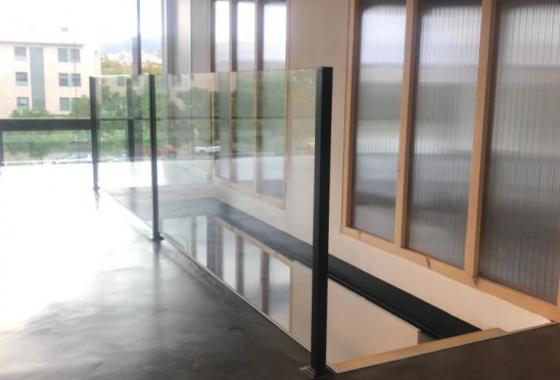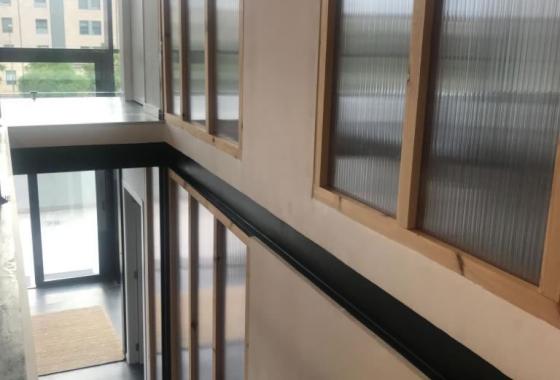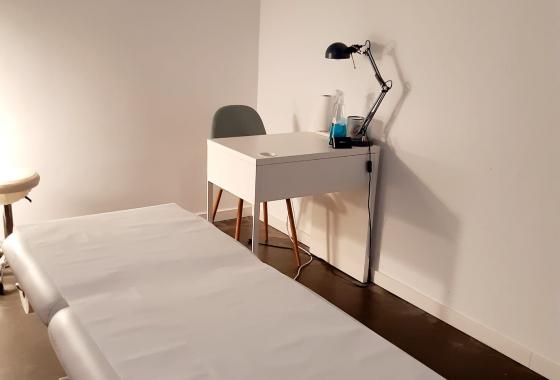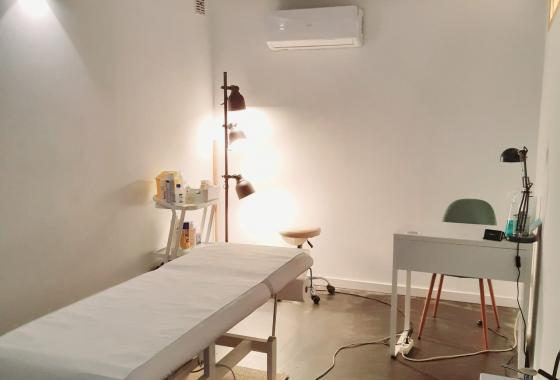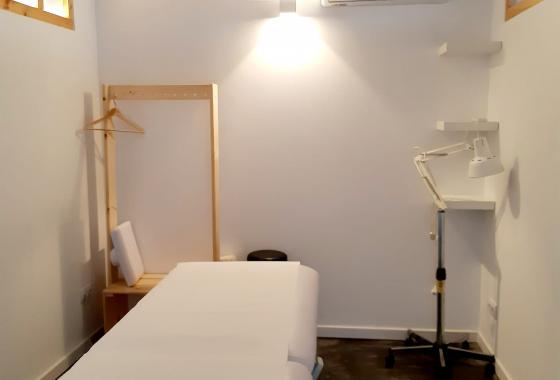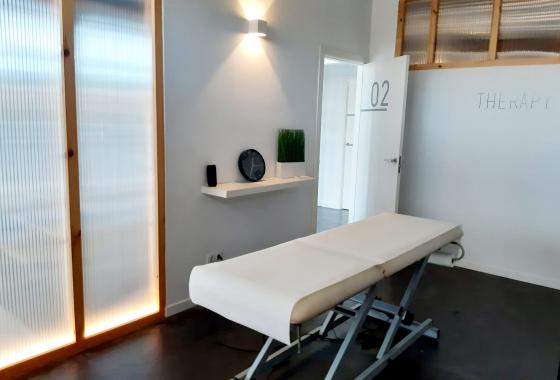Both the Calcaneal Spur and Plantar Fasciitis are pathologies that originate in the foot, presenting individual characteristics, but which will also affect gait by causing pain. Learn more about this common disease in the following article and if it occurs, prevent it from becoming a chronic injury where pain and discomfort are prolonged over time with our treatments at FisioClinics Palma de Mallorca.
What is Calcaneal Spur and Plantar Fasciitis?
The Calcaneal Spur is a recurrent pathology and is a bone growth located in the lower part of the calcaneus caused by an inflammation of the fascia, which is a fibrous sheath that protects the tendons and muscles of the foot. When there is an overload of the fascia and the inflation persists, the body begins a healing process by accumulating calcium salts in the area and causing the formation of the spur.
On the other hand, Plantar Fasciitis consists of the inflammation of the plantar fascia, which is a band of elastic tissue that goes from the calcaneus to the metatarsal area, this fascia has the function of maintaining the plantar arch when walking, making it absorb and return the energy produced by impacting the foot on the surface.
What are the symptoms of Calcaneal Spur and Plantar Fasciitis?
There are many characteristic symptoms of these pathologies, we mention some more relevant ones:
-
Pain is the main one and is more accentuated when getting up, after sitting for a long time, walking a lot or standing for too long.
-
The pain is stabbing and localized to the heel or arch of the foot.
-
Presence of morning stiffness.
-
Swelling.
-
Redness in the area.
-
Increased sensitivity in the lower heel area.
-
If you are an athlete, the pain will increase when you practice your discipline.
What Causes Heel Spur and Plantar Fasciitis?
There are various causes for these two pathologies, but we summarize in a list the most important ones regarding both, which are due to:
-
Shortening of the calf, soleus and Achilles tendon, as these muscles increase the tension of the fascia.
-
Being overweight.
-
Postural problems that result in plantar support.
-
Wear unsuitable footwear.
-
Walking or standing for long periods of time.
-
Bad footprint on a hard, even surface.
-
Presence of deformities of the plantar vault, such as a cavus or valgus foot.
-
Sudden increase in physical activity.
How is the medical diagnosis of Calcaneal Spur and Plantar Fasciitis made?
As soon as the patient begins to notice the first symptoms, probably those associated with pain in the base of the heel, it is recommended to go to a specialist as soon as possible, since it is likely that if the fasciitis or calcaneal spur is not treated it will become chronic until the point that the patient is forced to limit sports practice and even normal walking.
Therefore, the diagnosis of Calcaneal Spur and Plantar Fasciitis is made through the medical history and physical examination, through this examination the phase in which the pathology is found is determined. Next, the specialist will carry out a study of the patient's footprint or gait and will assess whether the inflammation of the fascia is related to the way they step.
In both diseases, imaging studies can be performed to confirm the diagnosis and determine the severity of the injury. The most commonly used studies are:
-
The X-ray shows the presence of a calcaneal spur but not plantar fasciitis.
-
Magnetic resonance imaging, with it, both bone and soft tissues can be evidenced, being able to establish the diagnosis of both diseases if it is the case.
 Physiotheraphy
Physiotheraphy Osteopathy
Osteopathy Massage
Massage Lymphatic
Lymphatic Group classes
Group classes Home
Home Baby
Baby

















